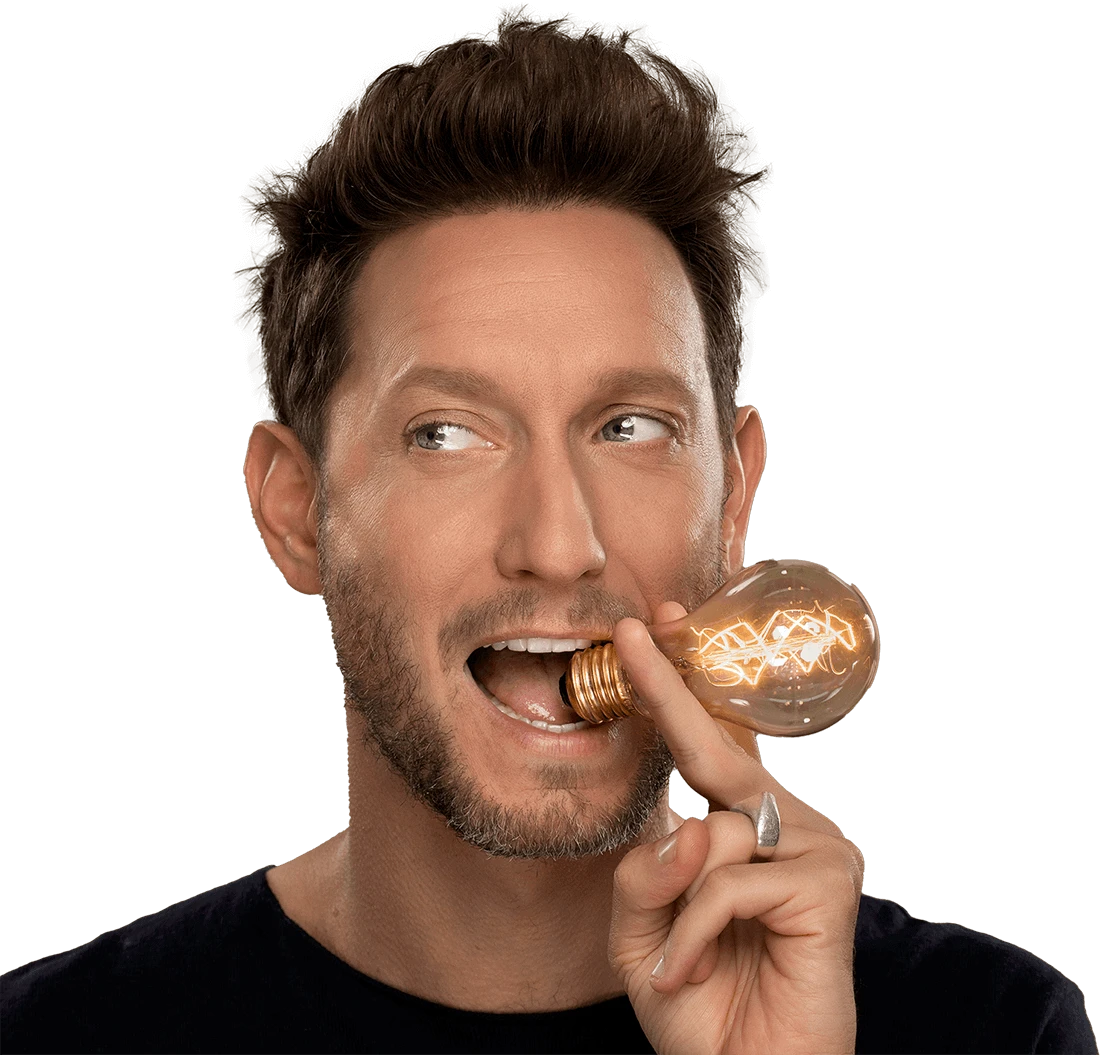
What is the Art of Seduction and her connection to the senses world?
Did you know that the art of seduction has been intertwined with human culture for thousands of years? Throughout history, it has often been at the core of human thought and behaviour. This mysterious art touches upon profound psychological processes, various cultural traditions, and diverse social aspects, with each society and era perceiving it in its own unique way.
We are familiar with this term from television, investigative reports, or articles that may have given the field a bad reputation. Perhaps this is why the art of seduction is often seen as somewhat elusive, to put it mildly. However, it is worth noting that this art influences areas we might least expect, such as marketing, business, politics, and, of course, human relationships – not necessarily romantic or personal ones, but relationships in general.
In fact, there are countless definitions and interpretations of the art of seduction, but in all cases, it represents a powerful force with immense influence on both personal and social interactions. Seduction does not focus solely on one individual or group; it often operates on a broader scale, shaping the attention and preferences of the wider audience. This is where the art of the senses comes into play, but we will delve into that in greater detail later. First, let us address other important questions.
So, what is the art of seduction?
At its core, the art of seduction is the ability to influence others in a calculated and sophisticated manner, aiming to shift their opinions, emotions, or behaviours. It is a process of interaction between two parties, where one seeks to elicit a response from the other – but in a way that feels natural and, to some extent, even appealing to the other side.
Seduction can occur through various means – be it conversation, body language, the creation of personal or emotional connections, or influencing perceptions and instilling a sense of value and uniqueness. It is not necessarily confined to romantic or sexual relationships – not at all. It happens in business, marketing, politics, and other fields where one seeks to persuade or influence others to achieve personal or collective goals.
Where did the art of temptation come from?
It might seem like everyone only started talking about it in recent years, but the truth is that the history of the art of temptation is an evolutionary story. What began as a personal tool for individuals with social difficulties has transformed into a professional, and at times slightly controversial, field that has gained immense popularity in recent years.
When did it all begin? It all started around the 1970s, when Ross Jeffries, an entirely average young man who struggled in relationships with women, came across the principles of hypnosis and self-hypnosis through the book Frogs into Princes by Dr. Richard Bandler and Dr. John Grinder.
The book introduced NLP techniques, developed to enhance personal and professional coping abilities. However, Jeffries, instead of using these techniques as a therapeutic tool, recognised their potential as a method to seduce women. In a short time, Ross developed the principles of “Neuro-Linguistic Seduction” and became a true guru in the field. He began sharing his ideas through workshops, teaching men how to use the power of words and hypnosis to gain attention from women.
Later, Ross Jeffries’ former student, David DeAngelo, entered the field and became a key figure. Initially a real estate broker who struggled with relationships, DeAngelo applied Jeffries’ techniques until they brought him success. However, as he began to diverge from his mentor’s principles and the field of Neuro-Linguistic Seduction, a rivalry developed between them.
DeAngelo, who adopted a more emotional and psychological approach to the subject, emphasized the need for a deep understanding of courtship dynamics and human sexual needs. He focused on authenticity and genuine emotions rather than manipulation and hypnosis. This approach turned him into a role model in the field, as he promoted his personal philosophy and marketed his unique methods.
Where does the art of seduction manifest in our daily lives?
Have you ever tried hard to convince someone of something and allowed yourself to use a bit of manipulation? We all recognize this from our daily lives. In fact, the art of seduction is an inseparable part of it, influencing our lives in many diverse ways. It impacts our personal, social, consumer, and professional interactions.
We all try to persuade others at times, and often, others try to persuade us. To illustrate, here is a simple example: people use body language and specific intonations to create an emotional connection and enhance mutual attraction. Body language, such as a smile, eye contact, or physical connection, can convey feelings of trust and comfort to the other person, leading to the positive response we aim to achieve.
In the realm of marketing, for example, salespeople employ seduction techniques to persuade customers to buy, using tactics such as special offers, promotions, or even brand experiences that trigger feelings of desire or need. In the digital world, sponsored ads on social media and compelling stories entice us to spend money on products through visual seduction techniques. Politicians also use the art of seduction to shape their image in the eyes of others and rally support. They achieve this through inspiring words, fostering a sense of connection, or creating powerful imagery that can influence public opinion.
Each of these examples highlights our ability to influence, communicate, and subtly seduce others in ways that are delicate yet sophisticated. This influence is almost always invisible, yet at the same time, incredibly powerful.
And how does it connect to the world of mentalism?
If you have ever attended a mentalism show, you will likely relate to what is being said here, as the art of seduction is an integral part of the audience’s experience in such performances. Have you ever seen a segment from one of Lior Suchard’s shows? As a mentalist, he uses the power of seduction to astonish the audience with extraordinary tricks that none of us can truly understand. Yet, above all, he creates an atmosphere that unsettles our perception of reality – and that is precisely what the art of seduction does.
The audience becomes active participants in the experience, feeling an irresistible urge to believe in what seems improbable. It is a process in which the performer manages to cleanse our minds and blur the boundaries between imagination and reality, making the show more thrilling and immersive.
Using techniques involving sensory elements, precise timing, and words and gestures that ignite the imagination, Suchard performs a sensory seduction that leads us to believe in the unseen and fully surrender to a world where anything seems possible. But is everything truly possible, or is it just our minds being cleverly manipulated to think so?
Ultimately, the art of seduction is not just a field that fascinates researchers and performers; it is a truly significant tool that accompanies us in our daily lives, even if we are not always aware of it. Whether influencing personal choices, building connections, or guiding an entire audience, seduction is a powerful force that subtly intertwines with our emotional and sensory world. Those who understand it can recognize the influences being exerted upon them, and beyond that, they can use it consciously and effectively.








